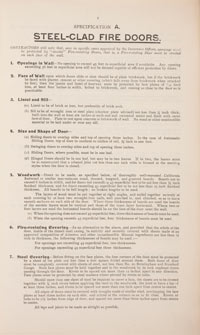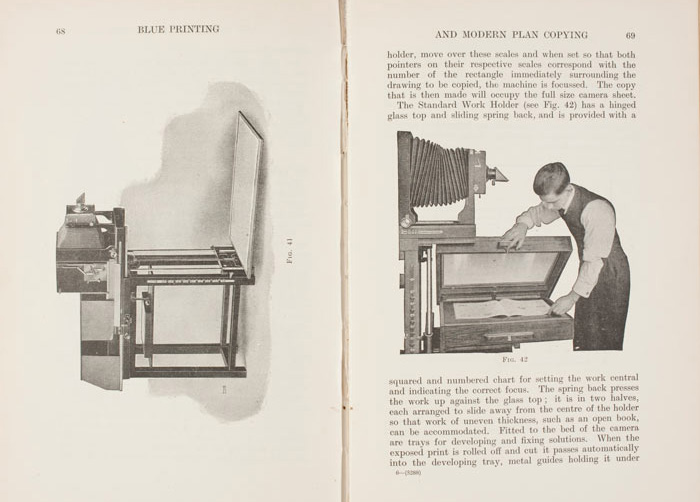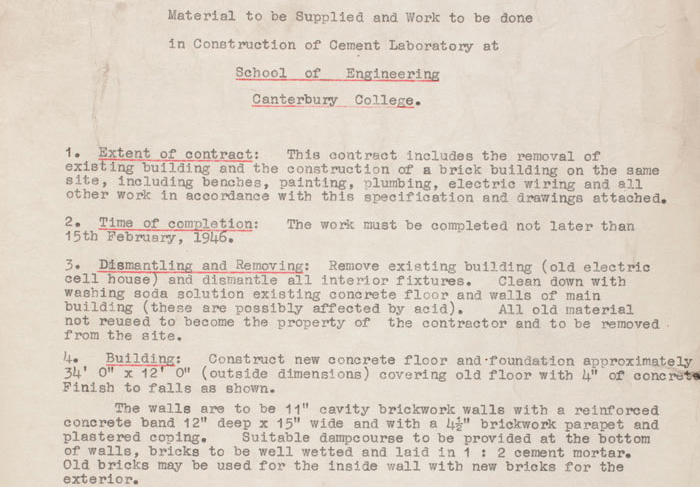It has been estimated that by the 1890s, the average number of drawings required for each major contract undertaken by an architectural firm was over 3500, and might include: design sketches, presentation drawings, site or block plans, and working drawings such as sections, elevations, mechanical and structural plans, design detail drawings (for windows, doors, fireplaces etc), and shop drawings. Typically, the phases of the drawing process included:
- conceptual drawings completed by architect
- drafter would lay out the drawing to scale in pencil
- drawings then inked in, usually in black but sometimes coloured inks might be used
- shadow lines or shade lines added. If using tints, process meant layering slowly and drying between applications to achieve gradual changes in shade
- watercolour details added to provide local colour, for instance for specific types of stone
- corrections were carried out, which might involve pasting over an additional layer of paper
- presentation drawing might be mounted, matted or bound, and the borders drawn in
- drawings could then be copied into multiple sets



